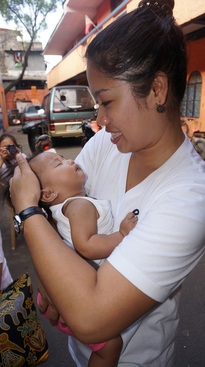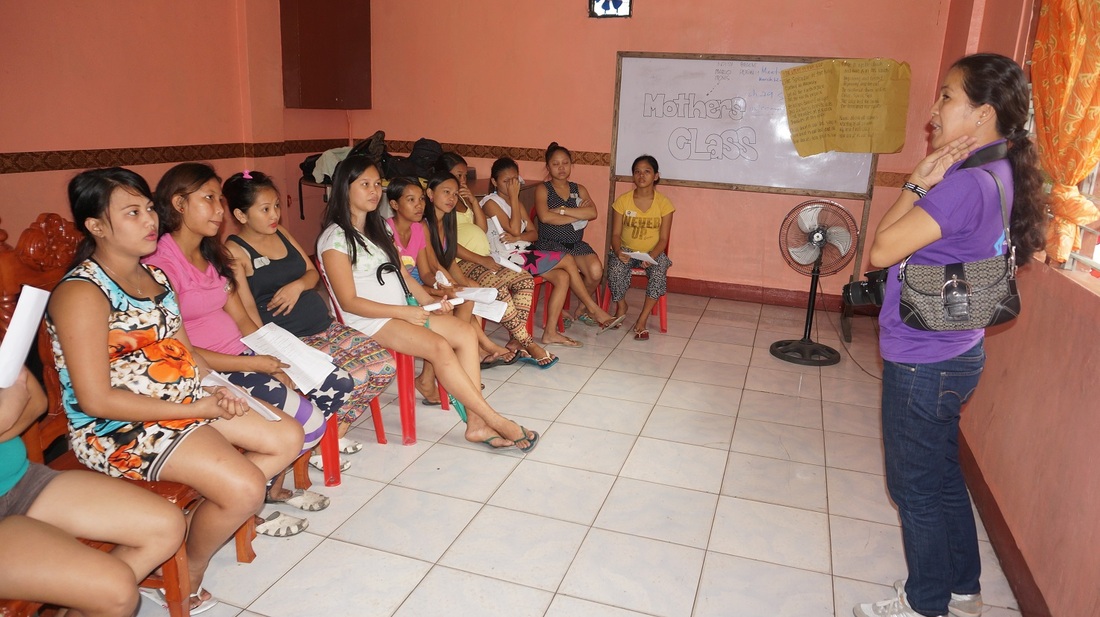ZMD Youth
Context
Close to 300,000 women, and over 6 million children under the age of 5 die each year from complications related to pregnancy and childbirth, as well as poor health care systems.
Many of the mothers that die from preventable complications related to pregnancy and childbirth are in fact, only children, themselves.
Close to 16 million adolescents give birth every year; 95% of them reside in developing countries. It is estimated that 3 million young girls between the ages of 15 and 19 go through high-risk abortions every year (WHO, 2012). In developing countries, the complications related to pregnancy and childbirth are the top causes of death among girls 15 to 19. Moreover, the number of stillbirths is 50% higher among adolescent mothers than among women aged 20 to 29 WHO, 2012).
The rising number of teen pregnancies
Many factors contribute to the rising number of teenage pregnancies. In many rural regions in developing countries, girls live with a societal pressure to get married and to start a family at a young age, and may have limited education and career opportunities. In low-income countries, over 30% of girls get married before the age of 18, and about 14% before the age of 15 (WHO 2012). As a result, married teens are likely to have children right after marriage, due again to social pressures and norms. Many teens in these situations are not aware of family planning methods or do not have access to contraception, especially if they live in rural areas. Even if contraception is widely available, sexually active teens are less likely to use them than adults, either due to a general belief that they won’t get pregnant or to a tendency to have more risky behavior. In Latin America, Europe and Asia, only 42 to 68% of adolescents that are married or in relationships use contraception. In Africa, the number varies from 3 to 49% (WHO, 2012). This variance can be attributed to factors such as differences in education, poverty, and culture.
Sexual Education and Family Planning
Sexual education is lacking in many countries. It is estimated that only 36% of young men and 24% of young women between the ages of 15 and 24 in low-income countries have complete or partial knowledge on how to prevent HIV (WHO 2012). In certain situations, adolescents are not able to refuse sexual interactions.
Many of the mothers that die from preventable complications related to pregnancy and childbirth are in fact, only children, themselves.
Close to 16 million adolescents give birth every year; 95% of them reside in developing countries. It is estimated that 3 million young girls between the ages of 15 and 19 go through high-risk abortions every year (WHO, 2012). In developing countries, the complications related to pregnancy and childbirth are the top causes of death among girls 15 to 19. Moreover, the number of stillbirths is 50% higher among adolescent mothers than among women aged 20 to 29 WHO, 2012).
The rising number of teen pregnancies
Many factors contribute to the rising number of teenage pregnancies. In many rural regions in developing countries, girls live with a societal pressure to get married and to start a family at a young age, and may have limited education and career opportunities. In low-income countries, over 30% of girls get married before the age of 18, and about 14% before the age of 15 (WHO 2012). As a result, married teens are likely to have children right after marriage, due again to social pressures and norms. Many teens in these situations are not aware of family planning methods or do not have access to contraception, especially if they live in rural areas. Even if contraception is widely available, sexually active teens are less likely to use them than adults, either due to a general belief that they won’t get pregnant or to a tendency to have more risky behavior. In Latin America, Europe and Asia, only 42 to 68% of adolescents that are married or in relationships use contraception. In Africa, the number varies from 3 to 49% (WHO, 2012). This variance can be attributed to factors such as differences in education, poverty, and culture.
Sexual Education and Family Planning
Sexual education is lacking in many countries. It is estimated that only 36% of young men and 24% of young women between the ages of 15 and 24 in low-income countries have complete or partial knowledge on how to prevent HIV (WHO 2012). In certain situations, adolescents are not able to refuse sexual interactions.
Photos credit: Alliance of Young Nurse Leaders & Advocates International Inc. (AYNLA), Pasay City, Philippines, with the support of Millennia2025 Foundation WeObservatory
ZMD Youth Initiative: Our Mission
What is the mission of the ZMD Youth Initiative?
The Initiative aims to use mobile technologies and ICTs to improve adolescents' access to information, protection of young girls against premature pregnancy, ensure access to contraception and to adequate healthcare, as well as to promote the access of reliable information on sexual health and reproduction, including violence prevention education, in their local languages.
Who is the target audience for the ZMD Youth Initiative?
ZMD Youth Initiative will work with girls as soon as they are able to become pregnant, which can be as early as at the age of 10, considering youth to be girls between the age of 10 and 19.
In conjunction with ZMD current implementation in Ghana, ZMD Youth will work with a pilot, benefiting of the agreements with local agencies and NGOs. The UNFPA (2008) stated that girls in rural areas in Ghana are three times more likely to be married before 18 and this divide between rural and urban locations has increased 35% since 2008. Moreover, the percentage of married girls in Ghana, aged 15-19, who use contraception is only 13% (2008 UNFPA). Depending on the country, we must consider speaking to youth at a younger age than in other parts of the world, with regards to family planning with the guidance of local experts on cultural norms and values.
The Initiative aims to use mobile technologies and ICTs to improve adolescents' access to information, protection of young girls against premature pregnancy, ensure access to contraception and to adequate healthcare, as well as to promote the access of reliable information on sexual health and reproduction, including violence prevention education, in their local languages.
Who is the target audience for the ZMD Youth Initiative?
ZMD Youth Initiative will work with girls as soon as they are able to become pregnant, which can be as early as at the age of 10, considering youth to be girls between the age of 10 and 19.
In conjunction with ZMD current implementation in Ghana, ZMD Youth will work with a pilot, benefiting of the agreements with local agencies and NGOs. The UNFPA (2008) stated that girls in rural areas in Ghana are three times more likely to be married before 18 and this divide between rural and urban locations has increased 35% since 2008. Moreover, the percentage of married girls in Ghana, aged 15-19, who use contraception is only 13% (2008 UNFPA). Depending on the country, we must consider speaking to youth at a younger age than in other parts of the world, with regards to family planning with the guidance of local experts on cultural norms and values.
ZMD Youth Activities
More details coming soon.
Resources
Download the full PDF here: A framework for improving the health of adolescent girls.







